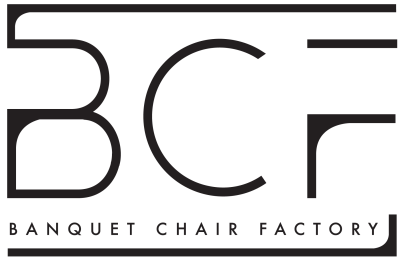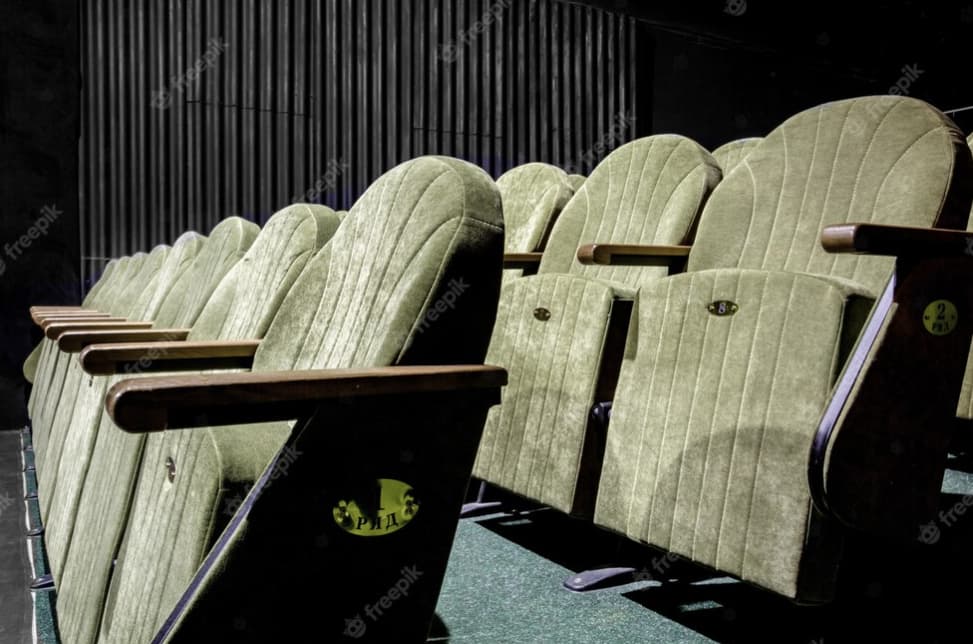Why Church Seating Layouts Matter
Choosing the right Church Seating Layouts is essential for creating a comfortable, functional, and engaging worship environment. The seating arrangement affects the worship experience, congregation interaction, and overall church aesthetics. A well-planned seating layout can maximize space efficiency, enhance acoustics, and ensure unobstructed views of the pulpit.
With various traditional and modern church seating layouts available, churches must consider their congregation size, architectural design, and intended use before finalizing a layout. Whether opting for auditorium-style church seating, fan-shaped church seating, or theater-style church seating, the right choice significantly impacts worship dynamics.
Best Church Seating Layouts to Consider
Churches worldwide adopt different church seating layouts based on their size, congregation needs, and architectural structure. Below are six popular seating layouts used in churches.
1. Traditional Church Seating Arrangements
Traditional church seating arrangements follow a straight-row layout, resembling classical cathedral seating. This setup has been used for centuries and features long church pews or chairs aligned in parallel rows.
Best For:
- Large congregations
- Historic churches
- Worship spaces with a formal atmosphere
Pros:
- Provides a familiar, traditional worship experience
- Accommodates a high number of attendees
- Creates an orderly and structured environment
Cons:
- Fixed seating may limit flexibility
- Some seats may have obstructed views
2. Auditorium-Style Church Seating
In auditorium-style church seating, chairs are arranged in sloped rows or tiered seating to provide a clear view of the stage or pulpit. Many modern churches prefer this layout due to its efficient space usage and improved visibility.
Best For:
- Large and contemporary churches
- Worship spaces with multimedia presentations
- Churches that host frequent events or concerts
Pros:
- Maximizes seating capacity
- Ensures everyone has an unobstructed view
- Works well with multimedia and large screens
Cons:
- Requires a well-structured church seating capacity planning
- Not suitable for small worship spaces
3. Fan-Shaped Church Seating
Fan-shaped church seating is a semi-circular arrangement that places the congregation closer to the stage or pulpit. This design improves visibility, engagement, and acoustic quality.
Best For:
- Medium to large churches
- Modern and contemporary worship settings
- Churches that emphasize community interaction
Pros:
- Encourages a more intimate worship experience
- Enhances sound projection
- Provides a clear view of the pulpit from all angles
Cons:
- Some churches may find it difficult to arrange choir seating
- Space efficiency may be lower than traditional layouts
4. Theater-Style Church Seating
Similar to auditoriums and performance halls, theater-style church seating features rows of chairs with aisles for easy access. This design prioritizes comfort and accessibility.
Best For:
- Churches with multimedia worship services
- Event-based congregations
- Churches focused on sermon presentations
Pros:
- Comfortable seating solutions for attendees
- Ideal for churches using technology-driven services
- Allows for efficient traffic flow
Cons:
- Lacks flexibility for different worship settings
- Requires significant investment in comfortable church seating solutions
5. Circular Church Seating Layouts
Circular church seating layouts create a close, interactive environment, allowing the congregation to face each other during worship. This format promotes engagement and participation.
Best For:
- Small to medium congregations
- Worship settings focused on community interaction
- Churches with interactive preaching styles
Pros:
- Encourages closer community connections
- Promotes active participation
- Eliminates obstructed views
Cons:
- Limited seating capacity
- May not fit larger churches with traditional preferences
6. Flexible Church Seating Designs
Flexible church seating designs combine movable chairs or modular seating to allow for quick layout adjustments. This approach is ideal for multi-purpose churches that host weddings, events, and community meetings.
Best For:
- Churches that need versatile seating arrangements
- Multi-functional worship spaces
- Churches looking for space-saving solutions
Pros:
- Allows easy reconfiguration for different events
- Enhances space utilization
- Adapts to changing congregation needs
Cons:
- Requires careful seating capacity planning
- May involve higher maintenance
CHECK CHURCH SEATINGS
How to Arrange Church Seating Efficiently
1. Consider Church Seating Capacity Planning
Proper church seating capacity planning ensures that every seat is functional, accessible, and comfortable. Churches should calculate:
- Space per attendee (standard space: 18–24 inches per person)
- Aisle spacing for easy movement
- Fire code and safety regulations
2. Optimize Visibility and Acoustics
Maximizing space in church seating layouts means ensuring clear sightlines and optimal sound projection. Fan-shaped and auditorium-style seating naturally improve acoustics and engagement.
3. Balance Tradition with Modern Needs
Churches can blend traditional church seating arrangements with modern seating options to meet aesthetic and functional demands. Many church pew seating layouts now incorporate cushioned seating for comfort.
4. Ensure Comfortable Church Seating Solutions
Comfortable church seating solutions reduce fatigue and discomfort during long services. Churches should consider:
- Ergonomic seat designs
- Cushioned vs. wooden pews
- Spacing for legroom
Custom Church Seating Designs – A Unique Approach
Churches looking for a personalized touch may opt for custom church seating designs. This allows them to:
- Engrave logos or religious symbols on pews
- Select unique fabric or cushioning
- Create adaptable seating configurations
Many manufacturers specialize in affordable and elegant church seating options, ensuring that churches receive quality seating within budget.
Final Thoughts: Choosing the Best Layouts
Selecting the right Church Seating Layouts ensures better worship experiences, optimized space, and improved congregation interaction. Whether a church prefers traditional pew seating, modern theater-style arrangements, or flexible seating solutions, proper planning and design will enhance both functionality and aesthetics.
For churches seeking custom church seating designs, comfortable church seating solutions, or innovative layouts, investing in high-quality, space-efficient arrangements is the key to creating a welcoming worship environment.
-
Why Chiavari chairs are a must-have for upscale hotel events
-
Types of Banquet Chairs: Choosing the Right Furniture for Your Event
-
How long do banquet chairs last? Factors influencing durability
-
How Stackable Banquet Chairs Can Save You Time
-
Banquet Chairs: The Key to a Successful Hotel Event
-
Why Chiavari Chairs are a Must-Have for Any Wedding Venue
-
Why Banquet Chair is the Perfect Solution for Your Hotel Events
-
What is the Best Seating for your Church: Pews vs Chairs
-
Discover 6 Church Seating Layouts
-
How to Calculate Seating Capacity for a Church
-
Creating a Unique Feel in Church
-
Wedding Chairs Turkey
-
Banquet Furniture Turkey
-
Banquet Chairs Turkey
-
Banquet Chairs Manufacturer
-
Banquet Chair Factory
-
Which of these Should a buyer purchase, Aluminium or Iron Banquet Chair Made in Turkey
-
Major things to be Careful About While Choosing the Best Wedding Banquet Table Made in Turkey
-
Budget placed plastic Banquet chairs for wedding event made in Turkey
-
Choosing the best Stackable Metal Banquet Chairs Made in Turkey
-
5 Things to Be Careful While Choosing the Best Wedding Banquet Chairs Made in Turkey.





